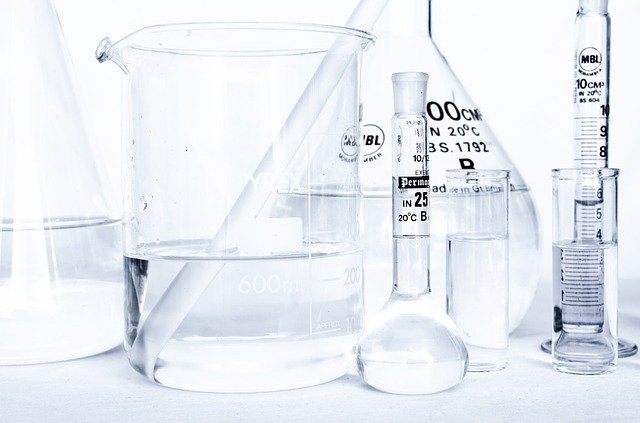Physics and chemistry are fun, not boring. Sometimes all it takes is a demonstration to help children understand what they have learned in school. That way, learning does not become pointless chatter about formulas, laws, and equations, and children can shine before the eyes of their teachers and classmates. You think you don\’t have the resources to experiment, not so. Physics and chemistry are all around us, and experiments can be done at home using familiar objects.

Floating eggs – or how to explain density
Needed
– Eggs, water, salt, tall glass, spoon
Procedure
– Fill the glass half full with water
[47
– Place eggs in glass of water (they sink)
– Add salt starting with a tablespoon, stirring to dissolve salt. Gradually add salt until the eggs begin to float.
– Finally, carefully add water. If one is careful enough, the eggs will float between the salt/water solution and the water itself.
How it works
– Eggs sink because they are denser (contain more molecules per square meter) than water itself. Adding salt increases the density of the water, causing the eggs to float
liquid layer
Needed
– Glasses, spoons, water, oil, syrup, food coloring if desired
Procedure
– Fill the glass halfway with water
– Add a drop of food coloring to the water
– Add syrup slowly and watch what happens
[56
– Add oil drop by drop and observe the reaction
How it works
– Each of these liquids has a different density
Dancing liquids
Needed
– Flour, water, food coloring, speakers
Procedure
– Mix water, flour, and food coloring[117]
– Pour into a shallow dish to place on speakers
.
see.
– Play music and watch the liquid dance to its rhythm
How it works
– Sound is made of vibrations. The vibration of the speaker is transmitted to the plate and the liquid dances.
You still find it difficult to explain physical principles to children.
.
